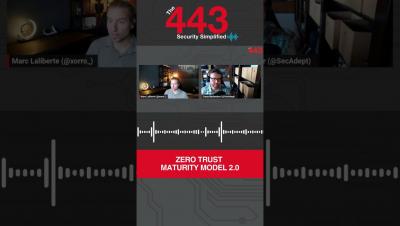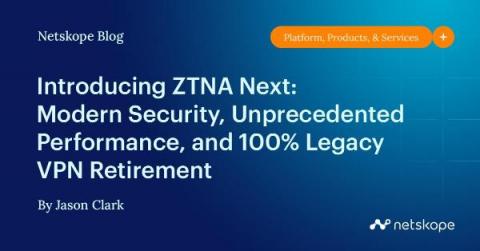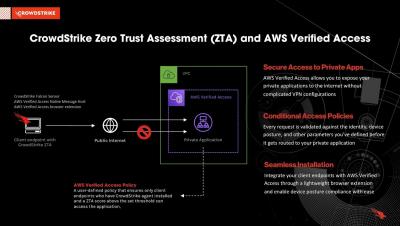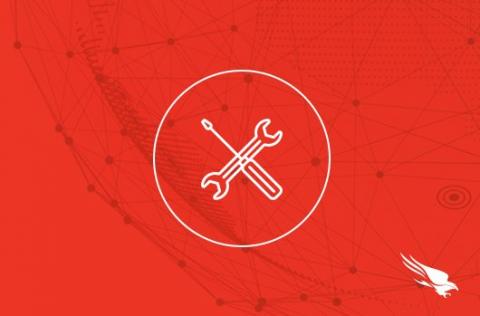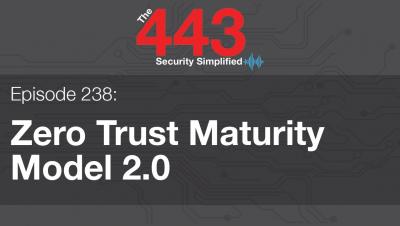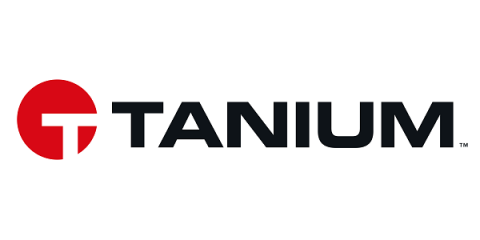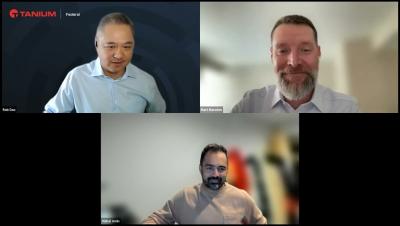Wi-Fi Security and Zero-Trust Network Architecture: Why You Need Both
In today's digital world, cyber threats are becoming increasingly sophisticated and harder to detect. Traditional security measures such as firewalls and VPNs are no longer enough to protect against ever-evolving threats. This is where zero-trust network architecture comes into play. In this blog post, we'll explore zero-trust network architecture and how it can work alongside Wi-Fi security to provide robust protection for your network.





